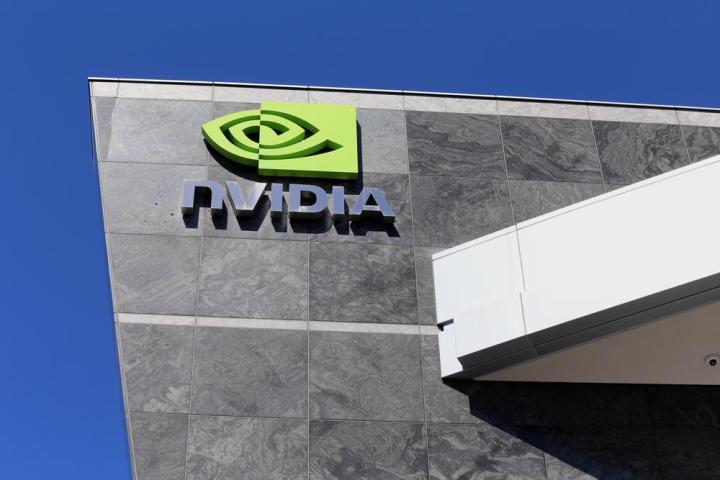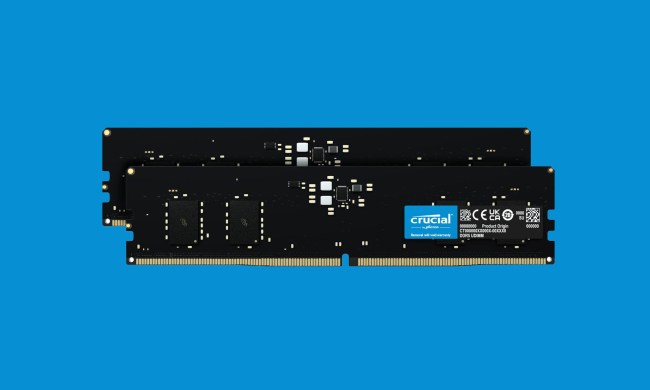
The latest leak of information comes from GTC Taiwan 2015, according to a report from Tech Spot. An image of the GPU taken from the conference apparently confirms that it will be making use of High Bandwidth Memory, as has been expected for some months.
High Bandwidth Memory — commonly referred to as HBM — is a relatively recent innovation in the GPU manufacturing process, and has recently been a major focus for AMD. The process stacks memory on the chip itself, offering improvements in terms of power, efficiency, and form factor.
Pascal is set to take advantage of HBM 2.0, a refined version of the process which allows for memory bandwidth close to 1 TB/s — roughly double that of HBM 1.0. Had there been any doubt before, this should establish that Nvidia is aiming high with the Pascal project.
Pascal will be going head to head with AMD’s impending Arctic Islands line, which also uses HBM 2.0. However, given that AMD has had a major hand in developing HBM, the fact that Nvidia is comparatively inexperienced with the tech might suggest that the company will face an uphill battle against its longtime rival.
However, we’ll have to wait until 2016 to see how that contest between Nvidia and AMD shakes out. Until then, it’ll be interesting to see how long Nvidia waits before sharing more information on Pascal. Given that we’re nearing the end of 2015, it would follow that official details can’t be too far off.



